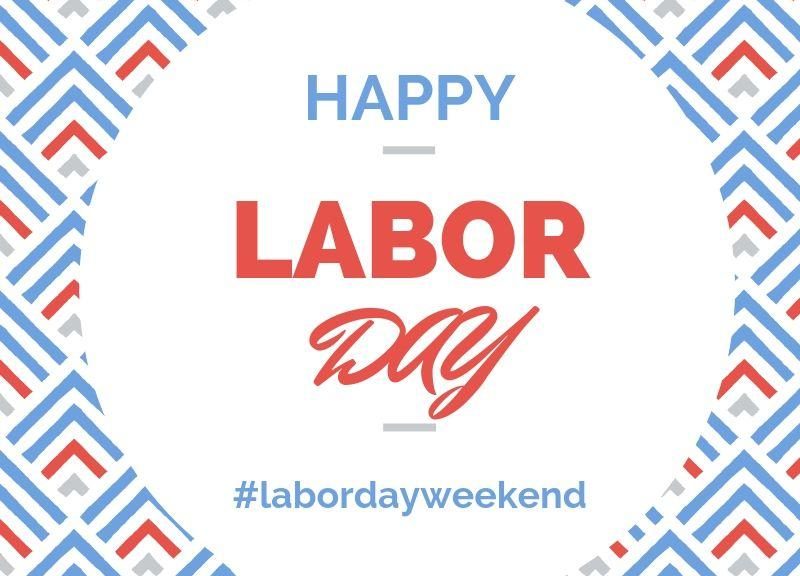Jim became a high school physical education teacher and baseball coach in Big Lake, TX while becoming a husband and a father of three little ones. While coaching his team, The Reagan County Owls, in the spring of 1999, he promised his team that if they accomplished the seemingly impossible goal of winning the district baseball championship and advancing to the state finals, he would keep his promise to them and try out for a major league team…one more time. Cut to the end and a) the team wins the district tournament b) Jim shows up with his kids “in tow” for a tryout with the Tampa Bay Devil Rays and…..after TWELVE consecutive 98 mph fastballs (you read that right), Jim signed a contract with them at the age of….35!
Jim moved up through the minor league system quickly and when the Rays had expanded rosters in mid-September of 1999 he was called up to the big leagues. He was the oldest rookie in 30+ years in the majors and in his first game, in of all places, Arlington TX, Jim was called in to pitch to the Texas Rangers’ all-star shortstop Royce Clayton. He struck Clayton out, in front of his wife, kids and much of the town he came from. And he did so in just four pitches with the bases loaded. Wow!
Jim ended up playing only two years in the majors. He made four more appearances that year and sixteen more in 2000. Then, with recurring arm problems plaguing him, Jim was able to retire having lived his dream. He also has released an autobiography on Amazon entitled “The Oldest Rookie”. Jim now lives in Kerrville, TX and travels the country as a motivational speaker as well as taking an active part in his foundation, Jim The Rookie Morris Foundation. He works with underprivileged kids and conducts baseball clinics. To quote Jim today, “It’s a good life”. After much struggle, good for Jim.
So, why did this particular story line resonate with me? Like all kids, I had lots of dreams growing up and many possible career ideas. But by the time I decided to go back to school for an MBA at the University of Missouri, I just knew in my gut that someday I wanted to run my own business. I had no idea what the basis of that business might be or that it would end up being just me as the sole employee. But I knew I wanted to do something that made an impact on people, their lives, their success and also how to deal with and learn from failure. Through a series of great companies, businesses and a bunch of different bosses, restructures, “revisioning” and CHANGE……it was time for a change for me. And time to take a BIG risk at a late age, 48. That is when I started my business. And the model then, while expanded, tweaked and retooled since then, still deals with what was and is of greatest interest and passion for me to this day. That is the people, clearly. Finding the right ones for your business, putting them in the right “seats on the bus” to optimize their chances for success, as well as how to manage, mentor and develop them more effectively. What’s the biggest challenge in business, generally? The people you work with and/or are responsible for in your roles at your various organizations. What also can be the most uplifting, rewarding, heartwarming and inspiring part of that business world? Those same people!
I had many who supported and challenged me to go down this path and I am forever grateful they pushed me, advised me, challenged me and have been there for me through thick and thin. Many of those folks are probably reading this right now. When I started GCI 18 years ago I had a slightly different vision in mind but in 2006-2007 I met a professional business coach. This in turn led me to hire one of my own to work with and to find out more about the profession, what it really entailed and to also help me figure out the real business model best for me. Funny how things happen and how they all work out. Without those encounters and people in my life, I don’t know where I would be today. I was really questioning whether I had made the right decision and why I felt something was missing. I no longer have those feelings or concerns. To those unnamed “stars in my life”, I am forever grateful. And most I have or will thank personally next chance I get.
How about all of you? Who are your “stars”? Do they know how much they have inspired, encouraged or supported you along your path? Let them know! And be grateful. None of us goes along our paths alone, even if at times it might feel like it. And if you have dreams still to explore or fulfill, it’s never too late. Jim’s story is a walking testimonial to that. And if you’re not “there” yet….talk to that support network. And reset and review your dream goal(s). Most of all, don’t give up!! Persistence, hard work and commitment to a clear vision will work.
Thanks for reading.
Dave













